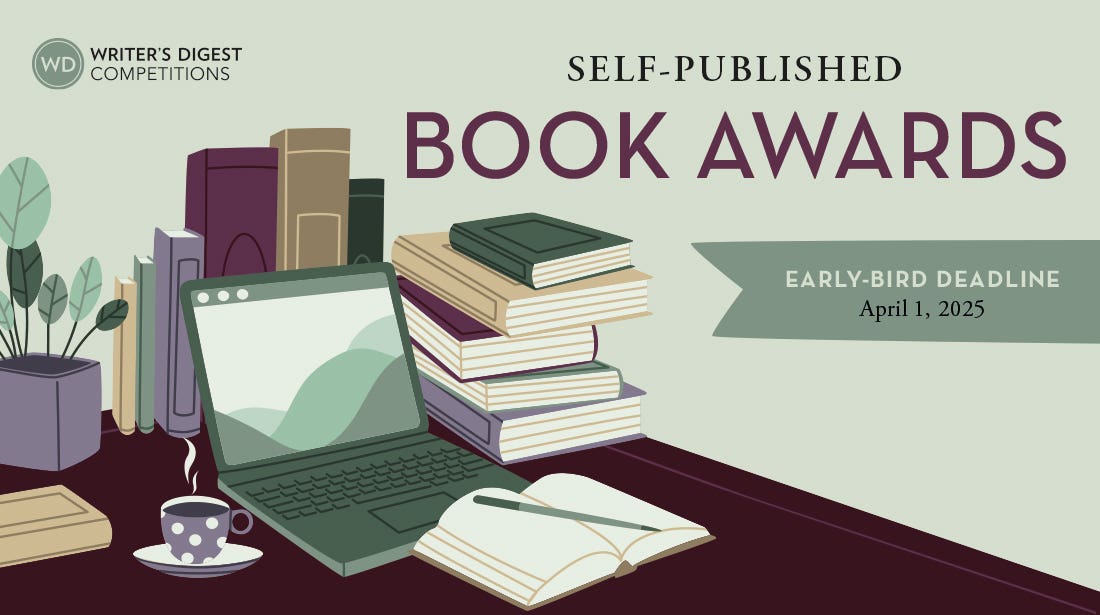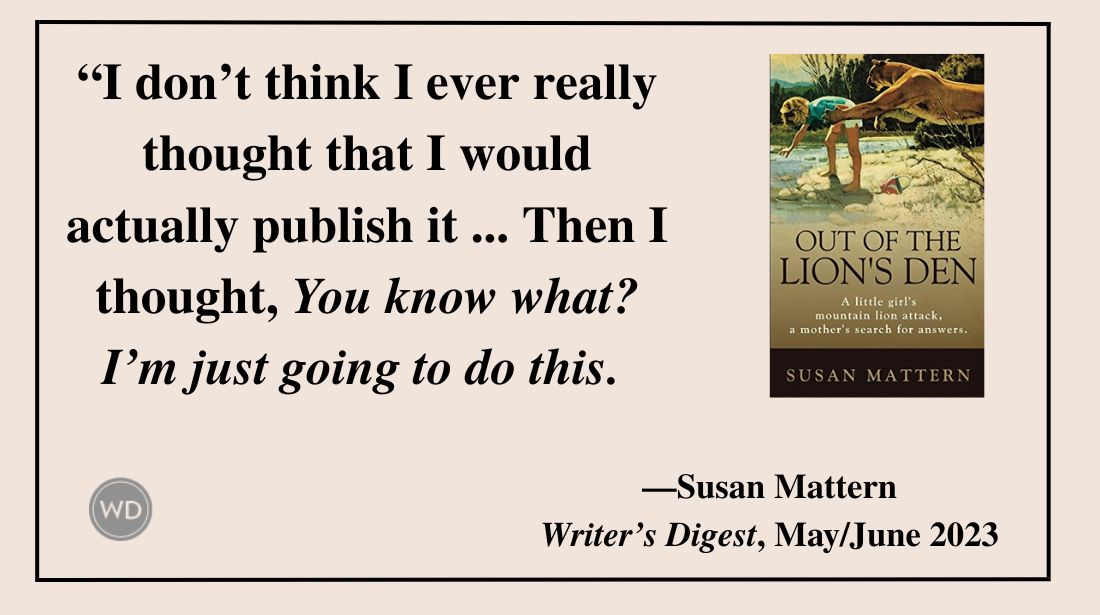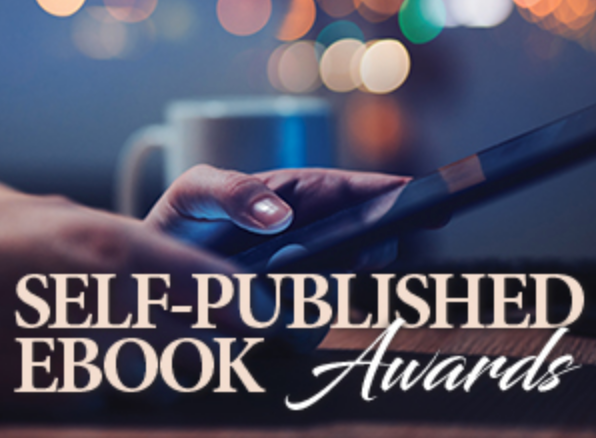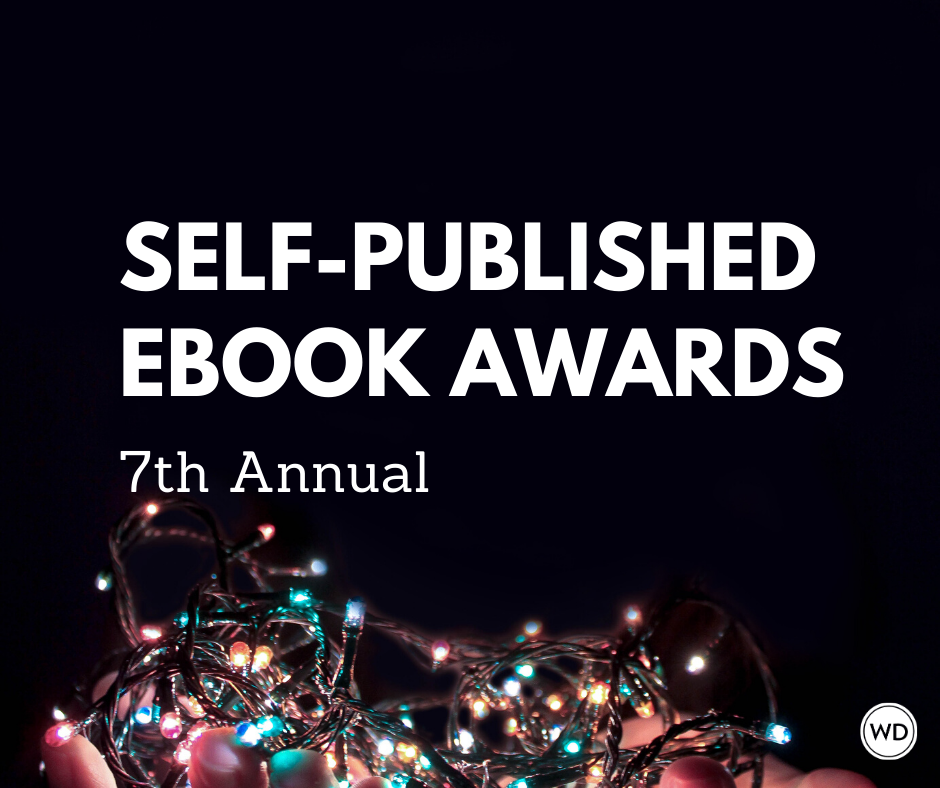How Can the Average Writer Make Money Self-Publishing E-Books?
Writers are constantly asking themselves the same question: How can we make money self-publishing on digital platforms? Here’s the latest on the e-book marketplace.
Think of self-publishing and e-books as two major weather systems colliding.
The upturn in “indie” book production has met the popularity of electronic reading with a thunderclap of new content in publishing that is rising quickly to flood stages. And as with any big storm, there’s confusion, noise, and a lot of tall tales left behind.
To find out what authors need to know about reading the radar—when to get your kite into the air, and when to head for cover—we interviewed select industry experts and key players in the indie e-book marketplace: authors in ponchos, galoshes on the ground, doers not theorists.
Opinions differ, and there’s no one model that every author can follow for sure success. But the good news is there’s more than one way to weather the storm and come out smiling.
—by Porter Anderson
E-book Climate Change
In the first quarter of 2012, e-books passed a critical milestone when they outsold hardcovers for the first time. Insiders have estimated that e-books now account for a quarter of all book sales. And Bowker Market Research data shows that the number of self-published books released each year has grown exponentially, totaling some 235,000 print and e-books in 2012 (a conservative statistic, as the absence of ISBNs on many e-books makes them hard to track).
While industry watchers never tire of speculating about the uncertain future of print, what does seem certain is that the market for e-books is warming by the day. And self-published breakthroughs on e-book bestseller lists have drawn notice from authors and industry insiders alike.
“Does anyone still dispute the viability of self-publishing?” Let’s Get Digital blogger David Gaughran asks. “I can list well over 100 authors who are selling more than 1,000 [e-]books a month … and more than 200 authors who have sold more than 50,000 [e-]books in the last year or two.”
Such reports of head-turning success have attracted not only newer authors, but also established ones looking to grow their careers in new directions or maintain more control over what happens to their work. “In the digital world an author can do just as much as a publisher can do,” says bestseller James Scott Bell, who continues to traditionally publish fiction and nonfiction but has recently found success rounding out his body of work with independently published e-books. “So viable is almost the wrong word. It’s more like ‘probable.’ And that’s the challenge big publishers are facing now—how to bring value to an author in the digital realm that the author cannot generate on his own.”
But just because self-published authors can find success with e-books doesn’t mean that reflects the typical experience of unknowns releasing digital titles. “There are only so many readers browsing for new books, and by definition not every writer can be lucky,” says Dave Morris, London-based author and creator of a new interactive app based on Mary Shelley’s Frankenstein. “[But] if you feel you are brilliant at marketing, a passable writer, and have at least enough luck to be one of Napoleon’s generals, go to it.”
For many writers, though, making money with e-books isn’t about the pursuit of chart-topping success. It’s about finding an outlet to publish work that traditional publishers would not find commercially viable enough to compete in the marketplace. After all, even modest earnings from such work are better than no earnings at all.
Kindle Singles offer one such outlet. These shorter e-books, typically 5,000–30,000 words, can be accessible vehicles for short fiction and other types of work that have no real lucrative counterparts in the print marketplace, and can also be an attractive way for writers to release more material more quickly.
Bell, for example, has found that his publishers haven’t shown interest in his e-single novellas—but his independent releases of them complement his other work both financially and creatively. For authors like Bell, that kind of career growth outweighs the downside—namely, the low $0.99–2.99 price point that is typical for Kindle Singles, necessitating significant sales to turn a reasonable profit.
Orna Ross, who leads the Alliance of Independent Authors, has published short e-books of poetry and meditations, and is satisfied with lower sales figures more realistic for those genres. “Any attempt to treat the kind of books I write from a purely business perspective would be doomed—life would become very miserable because I’d be chasing a chimera. And for me, it would take away the point of self-publishing—I’m not about to replicate the very aspects of trade publishing that caused me to leave,” she says. “Self-publishing allows me to work from a creative model which does not focus primarily on short-term sales strategies, but which trusts in the creative process itself to sell the books as well as get them written.”
The Pricing Barometer
Pricing e-books in the digital cyclone sweeping the industry is, by most accounts, trial and error. If you feel at sea about it, you’re not alone. Everyone is swimming very fast, because nobody has the answers when the ship of publishing is overturned in the typhoon. What looked like the pricing floor yesterday might be tomorrow’s ceiling.
The good news is that self-publishing authors have the power to be very competitive in the e-book marketplace. Even with the U.S. Department of Justice’s ongoing antitrust actions on big publishing’s e-book pricing, the effect on overall pricing standards appears minimal thus far. “No publisher can match our cost base [as independent authors],” Gaughran says. “Even if $9.99 (or lower) becomes the ceiling for e-books from large publishers, there is still plenty of room for our titles to seem like a bargain at $4.99 or less.”
But in this age where many e-books are periodically priced at $0.99 or even given away for free, how can authors testing the waters determine which price point is the sweet spot—low enough to attract new readers, but high enough to make a reasonable profit?
Self-publishing e-book author and speaker Elle Lothlorien has done a lot of experimenting with pricing through Amazon. “I almost never advise first-time authors, or authors with just a few titles, to price under $2.99,” she says. “The reasons for this are many, but here are the two big ones: $2.99 and up, the author receives 70 percent royalty. $2.98 and below, the author receives 35 percent royalty.”
Although that may be true of Amazon, it’s important to realize that the earnings authors can expect vary by platform (and even territory, as Amazon’s royalty structure depends on not only the author’s country of residence, but the buyer’s)—so always read the fine print and do the math before agreeing to terms of use or setting a price. The “best” price for your work on one platform might not be the same on them all. At Barnes & Noble’s PubIt!, the self-publishing e-book author earns 65 percent of the list price on titles between $2.99 and $9.99, and just 40 percent on titles below or above those price points. Kobo has a split of 70 percent for the author on titles priced between $1.99 and $12.99. Apple’s iBookstore has a 70 percent rate for the author at all price points. And Smashwords (the largest e-book producer) pays a top-end 85 percent on books sold through its own store, but drops the rate to 60 percent when the author sells through one of its “retail distribution partners.”
All of which means that even a price change of as little as a penny can have a significant impact on your earnings. Consider this chart Lothlorien created to measure how many copies an author would need to sell at various prices through Amazon in order to make the same profit:
Consider the lines in red. “There is only a one-cent difference between these two prices, and yet you would need to sell twice as many books to make up for the lost revenue caused by dropping into the 35 percent royalty category,” she says. “By the time you’re charging 99 cents for your e-book, you’re talking six times as many books.”
Getting on the Radar
Of course, that’s not to say some authors haven’t succeeded by selling more books for less money. The buzzword is “discoverability”—making sure readers can find your work and recognize it for the bargain that it is. But how can an unknown author (or even an established one) go about this effectively? As with e-publishing at large, the most talked-about strategies each have pros and cons of their own.
• Dynamic Pricing. “The basic principles of dynamic pricing or price pulsing are very simple,” Gaughran says. “Lower your price, advertise the sale, and when the book peaks in the charts, raise the price back up to take advantage of the increased visibility that placement on bestseller lists will give you.”
But Lothlorien says readers don’t buy a book simply because it’s cheap—especially in a marketplace that’s glutted with more and more such titles every day. “As far as using pricing alone to get a title on a Top 100 list on Amazon, I’ve seen no convincing proof that this works,” she says.
This may not be what self-publishers want to hear, as the stoop-to-conquer approach of dropping price to rack up sales has been popular. Evangelists claim that the highest-quality books will rise to the top on their own merits—and indeed, there is an abundance of subpar competition in the digital marketplace, at the lowest price points especially. It’s always good practice to focus foremost on the factor you as an author can most control: namely, the quality of your book. But from there, finding the most profitable price point will likely involve a requisite amount of trial and error.
When experimenting with dynamic pricing, Gaughran points out that timing is everything—often due to factors beyond anyone’s control. “There could be glitches on the Amazon site, your mailing list server could go down, your book might be flagged for some kind of review, or—as happened with my last release—the genre could be flooded with backlist titles from a huge name on launch day.”
With that in mind, dynamic pricing should not be your lone sales strategy.
• Rogue Pricing. Jason Allen Ashlock is president of Movable Type Management, a literary agency that launched the e-book assisted publishing imprint The Rogue Reader in October 2012.
Rogue Reader authors might have the best of both worlds. They’re self-published, and yet MTM gives them the kind of editorial, promotional and managerial support an author might expect from a traditional publisher—for a cut of the profits, of course. (Rogue Reader authors receive from MTM a 70 percent cut of a retailer’s split, which Ashlock says typically works out to 50–60 percent of each book’s list price.)
A close look at Rogue reveals a pricing model that could be a guide for authors looking to release subsequent titles in close succession. Ashlock explains their strategy in releasing author Ro Cuzon’s debut, Under the Dixie Moon, and its prequel, Under the Carib Sun: “We started by pricing both [titles] at $4.99,” Ashlock says. Then, when Under the Dixie Moon started selling, Rogue dropped the price on Under the Carib Sun to $1.99. “By mid-month, we were seeing a lot of reviews of Dixie Moon pop up, meaning people were starting to finish [reading] it. So dropping Carib Sun to $1.99 incentivized them to pick up the next book of Ro’s, while simultaneously getting him in front of a new audience who might be looking for more affordable books. … Carib Sun was running at 5–10 percent of the sales of Dixie Moon. After the price drop … it leapt to 20–25 percent.”
This is the sort of readership-monitoring price adjustment that any savvy self-publishing author can deploy. Conversely, some authors have found success pricing the first book in a series low to encourage readers to take a chance on an unknown, and then raising the prices of subsequent books once readers are hooked. Both strategies rely on incentivizing readers—and, more tellingly, on your first book being good enough to interest readers in your second.
• Distributor Promotions. Part of the success of Under the Dixie Moon (and subsequently Under the Carib Sun) came because it received a promotional bump when it was featured through Barnes & Noble’s “NOOK First” program. So how can authors be among the lucky few who gain that kind of visibility?
Unfortunately, by all accounts being selected for promotional status at B&N or Amazon isn’t up to you. But it’s another example of why it’s important for self-published e-books to be of professional quality in every way—to give them the best possible shot at attracting the kind of attention that can make a big difference.
“The more quality books you have, the more likely you will be able to generate the one thing that actually sells books: word of mouth,” says Jen Talty, co-founder (with bestselling author Bob Mayer) of the small e-book press Cool Gus. “The success rate for indie publishing is similar to traditional publishing. One size does not fit all.”
Indie e-book author Robert Bidinotto is eloquent about the bolt-from-the-blue effect of being chosen for a holiday special that placed his book, Hunter, alongside work by Stephen King in a Kindle Direct Publishing Select promotion. “I had no advance warning that they planned to feature my book as an Editors’ Pick,” he told blogger Jennie Coughlin. “My best guess is that they had been looking at promising books by indie authors that stood out for their good sales and great customer ratings. That’s the only thing I can find in common among the titles chosen for participation. … A week or two beforehand, they invited me by email to participate, the only condition being that I’d have to agree to lower the price of Hunter from $3.99 to whatever they set it at—which turned out to be $1.99.”
Talty received similar promotional support at Amazon, and says it actually helped when Amazon lowered prices: “We’ve had e-books in Amazon’s $3.99-and-below monthly specials, where they pick 100 e-books and cut prices,” Talty says. “First, you get discoverability by being part of the program. Also, Amazon puts a slash through the original price and shows a new price. The customer feels like they’re getting a real deal then. If we just lower a price and the customer doesn’t know we lowered it, the effect is less.”
No matter which strategy you use to withstand the shifting winds of e-publishing, there’s one unshakable point of consensus most authors agree on:
“It takes consistent, quality production over time,” Bell says. “Don’t ever fall into the ‘overnight blockbuster’ mentality. Think of yourself as a writer who will never stop.”
Gaughran agrees. “The greatest promotional tool any self-publisher has is new work.”
So no matter how you sell it, you’ve got to keep it coming. Which, for a writer, is the best forecast of all.
The products in our Successful Self-Publishing bundle give you
an inside look at the self-publishing scene and how to be
effective and meaningful in your efforts.
*********************************************************************************************************************************
Follow me on Twitter: @BrianKlems
Check out my humor book, Oh Boy, You’re Having a Girl.
Sign up for my free weekly eNewsletter: WD Newsletter







